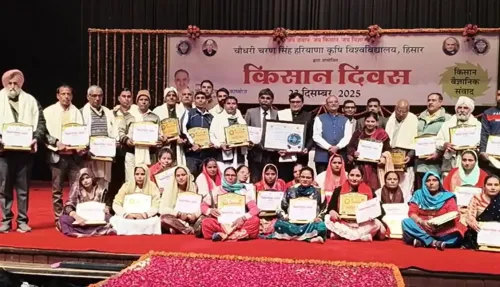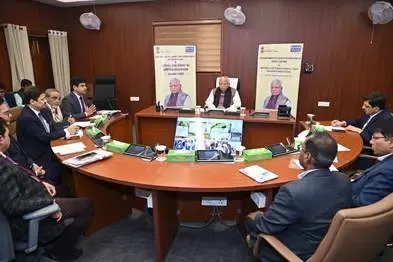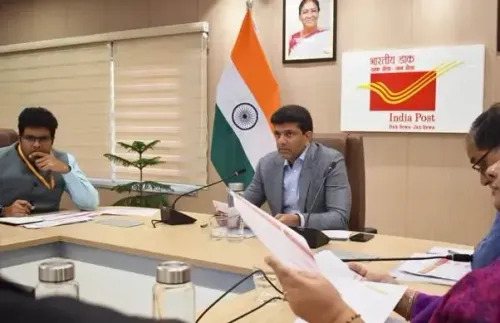How Did GST 2.0 Impact UPI Transactions in October?

Synopsis
Key Takeaways
- UPI transactions hit 20.70 billion in October.
- Transaction value reached Rs 27.28 lakh crore.
- 25% growth in transaction count year-on-year.
- Average daily transactions increased significantly.
- Small businesses are pivotal in the digital economy.
New Delhi, Nov 1 (NationPress) In the wake of the GST 2.0 reforms, the Unified Payments Interface (UPI) experienced a remarkable 25 percent growth in transaction count year-on-year, reaching 20.70 billion transactions in October. The transaction value also surged, with a 16 percent annual increase to Rs 27.28 lakh crore, as reported by the National Payments Corporation of India (NPCI) on Saturday.
Month-on-month, UPI transactions rose from Rs 24.90 lakh crore recorded in September.
The average daily transaction amount in October reached Rs 87,993 crore, a notable increase from Rs 82,991 crore in September, according to NPCI data.
October saw an average of 668 million daily transactions, up from 654 million in September.
In September, UPI had already reported a 31 percent growth in transaction count year-on-year at 19.63 billion, alongside a 21 percent month-on-month increase in transaction amount from Rs 24.90 lakh crore in August.
Additionally, monthly transactions through Instant Money Transfer (IMPS) rose by 2 percent in October, totaling Rs 6.42 lakh crore year-on-year, and increased by 6 percent month-on-month from Rs 5.97 lakh crore in September.
The daily transaction amount via IMPS stood at Rs 20,709 crore, an increase from Rs 19,895 crore in September.
Furthermore, UPI continues to lead the digital payments sector in India, with transactions soaring by 35 percent year-on-year to 106.36 billion in the first half of 2025. The total value of these transactions reached an astounding Rs 143.34 lakh crore, showcasing the integral role of digital payments in daily life in India, as highlighted in Worldline’s India Digital Payments Report (1H 2025).
Person-to-merchant (P2M) transactions also saw a boost, increasing by 37 percent to 67.01 billion, largely driven by the “Kirana Effect”, where small and micro businesses form the backbone of India’s digital economy. The country’s QR-based payment network experienced remarkable growth, more than doubling to 678 million by June 2025, marking a 111 percent increase from January 2024.










